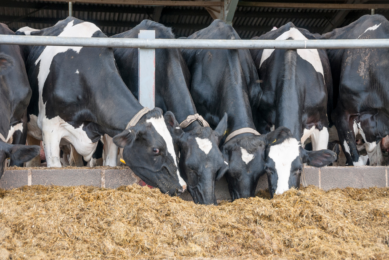GlobalGAP Feed Standard available for comments

The GlobalGAP Compound Feed Manufacturing Standard V2.1 Sep11 is currently available for public consultation. Comments can be posted until 31 August 2011.
The updated CFM standard contains comments received during public training workshops and the aim is to ensure global applicability. Proposed modifications are indicated in red text. Comments can be made directly on this site, or they can be sent to publiccomments@globalgap.org until 31 August 2011.
The CFM standard sets out a frame work for Good Manufacturing Practices (GMP) of feed makers, which defines essential elements for the development of best-practice for the global production of compound feed plants acceptable to the leading retail groups worldwide.
However, standards for some individual retailers and those adapted by some farmers may exceed those described. The document does not provide prescriptive guidance on every method of feed production.
Significant progress has already been made by many feed manufacturers, and their associations, in developing and implementing best-practice feed manufacturing systems.
Benchmark
GlobalGAP members also wish to encourage further work to improve farmers’ capability in this area, and in this respect this GMP framework, which defines the key elements of current good feed manufacturing best-practice, should be used as benchmark to assess current practice and provide guidance for further development.
Global GAP offers several benefits to compound feed manufacturers:
1) Reducing food safety risks in global primary production
1) Reducing food safety risks in global primary production
- Encouraging the development and adoption of national and regional feed assurance schemes
- Clear risk assessed HACCP based reference standard serving the consumer and food chain
- Commitment to continuous improvement and transparency through consultation and adoption of technical communication platforms across the entire food chain
2) Reducing cost of compliance
- Avoiding the proliferation of buyer requirements, as committed GlobalGAP retailer and food service members and produces shift their supply to GlobalGAP approved sources over time
- Avoid excess regulatory burden by pro-active adoption by industry
- Achieving global harmonisation leading to a more level playing field
- Feed manufacturers choose from certification bodies strictly regulated by GlobalGAP
3) Increasing the integrity of feed assurance schemes worldwide by:
- Defining and enforcing a common level of auditor competence
- Defining and enforcing a common level of verification status report
- Defining and enforcing a common level of action on non-compliances
- Harmonising interpretation of compliance criteria











